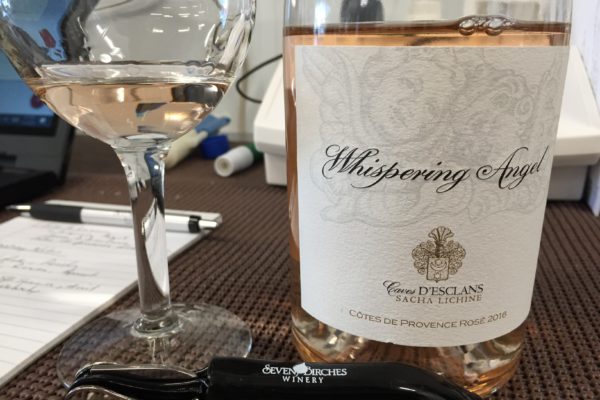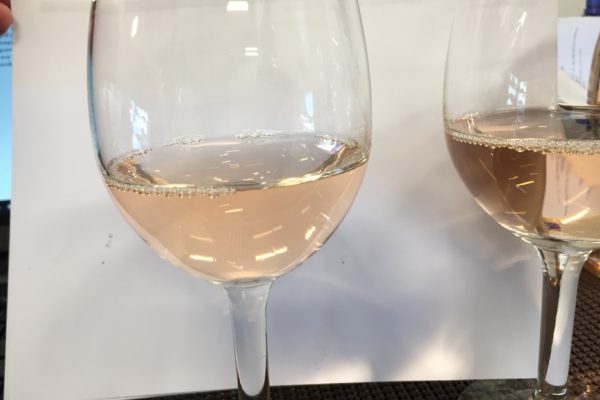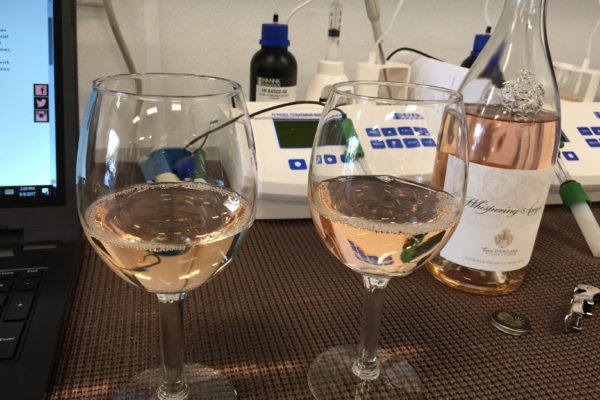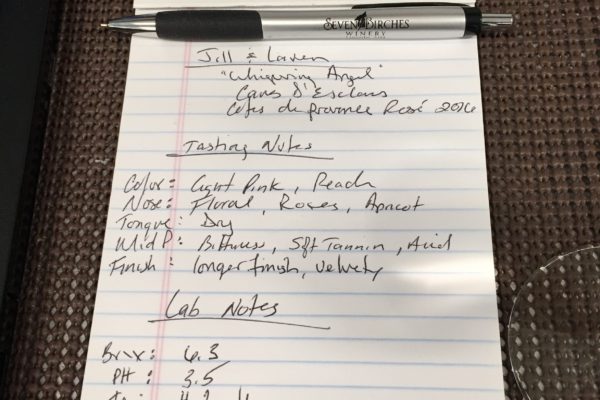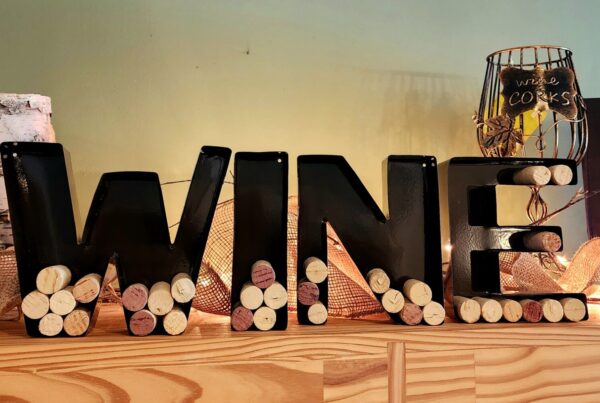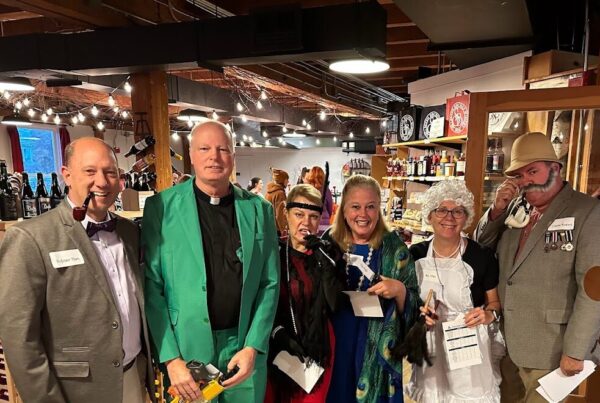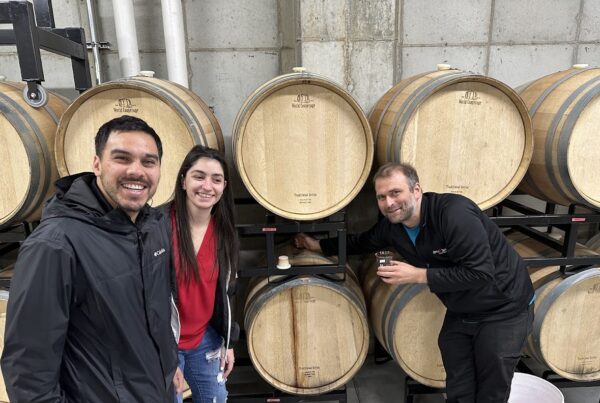Whispering Angel from Caves D’Eclans
The Model Wine
While meeting with Jill & Lauren earlier this summer to discuss the wine they wanted to make for their wedding, we discussed all of the possible varieties and styles that they could make. Like all great relationships, they found compromise in a blush wine (rosé) that would be not only something that they agree on, but something symbolic about their relationship. They told us that they love a particular wine called “Whispering Angel” from Caves D’Eclans, a Cotes Des Provence (France) wine. Accepting this challenge, we now embark on making a wine that we can only hope will emulate this incredibly complex and delicious wine.
We started by sourcing a bottle of this great wine. That part was easy; Mom brought it to us. 🙂 So, we took it into the winery lab and ran some tests. Initially, we are just trying to get a sense for Jill & Lauren’s tastes. Do they want something sweet, dry, acidic, smooth, light, heavy, etc. Then we want the numbers. The former is more the art form, and the latter, the science.
My first observation of this wine was the color. It is a light pink, peachy, coral color, that is actually reminiscent of our Strawberry wine. It is such a unique color. We poured it into a couple of glasses. One for sensory analysis and one for lab analysis. What was left in the bottle went home with Mark. 😉
On the nose, we get a nice floral aroma with some pronounced strawberry, raspberry, and even watermelon notes. When I first smelled it, I immediately thought of a dry sparkling wine. It had that type of scent to it. The first taste was obvious that the wine was very dry, as the majority of the flavor hit mid-palate. Filled with fruity berry flavors and a nice soft tannin; the mouthfeel was tremendous. You almost don’t want to swallow it. But, we did. It has a nice velvety sense to it with a rather long finish. I started the labs after the first sip and I could still taste the wine for minutes later.
The lab results are less exciting, but tell us something about the wine’s key metrics. The brix was 6.3, rather dry. PH was 3.5 (medium acidity) and TA (Titratable or Total Acidity) was 4.2 grams/liter. The Free SO2 (Sulfite) was at 24.5 ppm.
So, we have arranged to source grapes this fall from California, Washington, and New York. We have a variety of grapes from which to create this rosé, starting with a Zinfandel juice as its base from California. Now, the fun begins.


